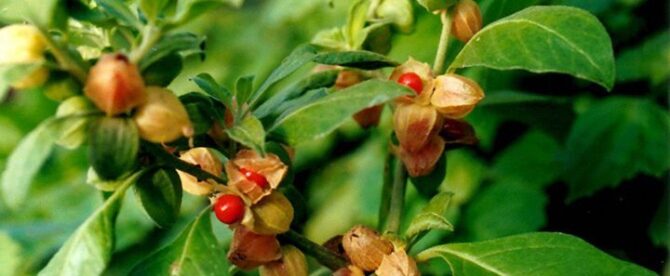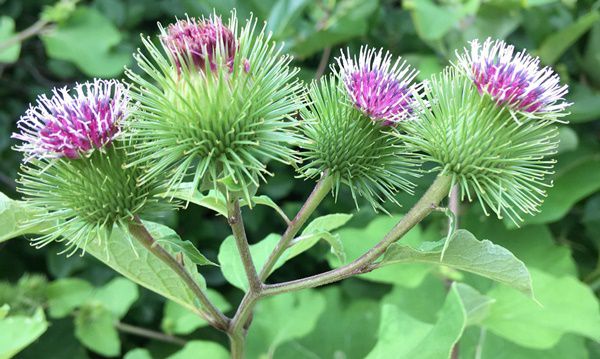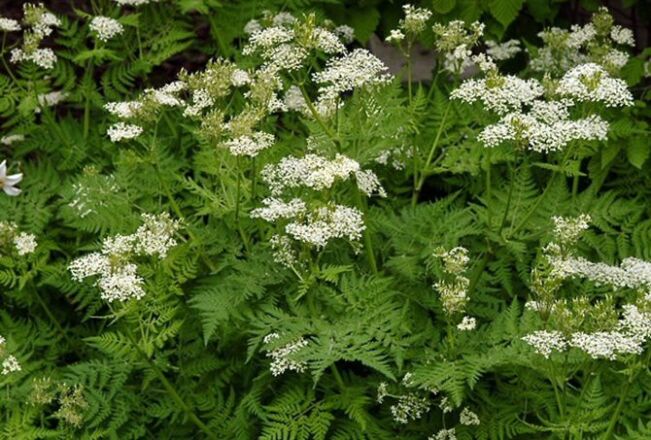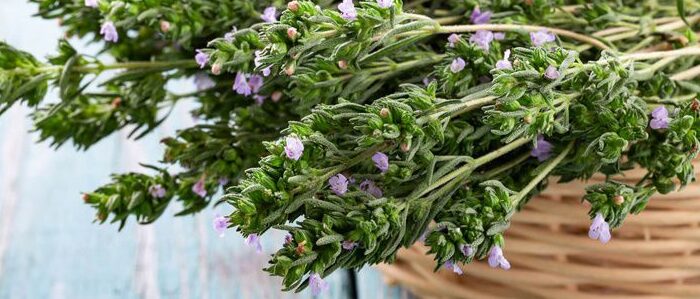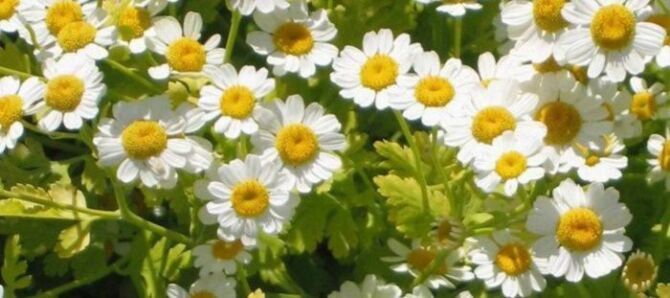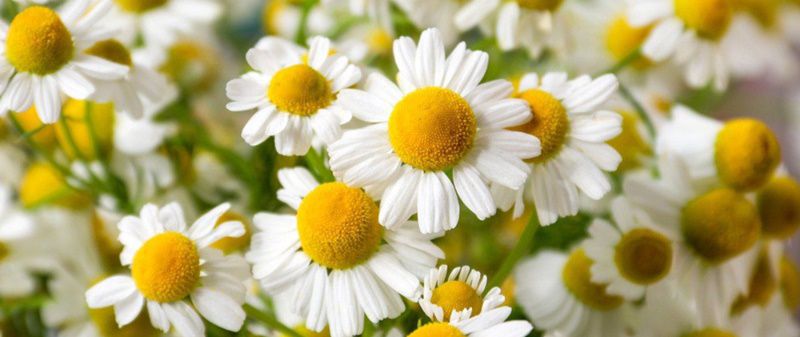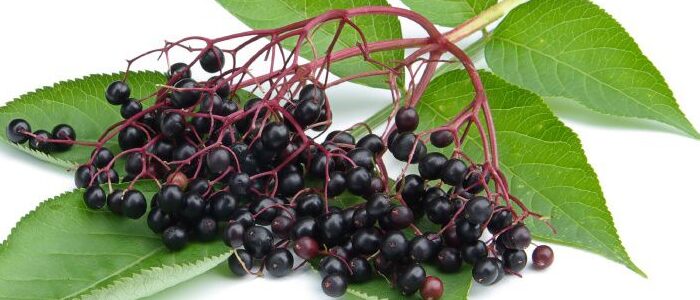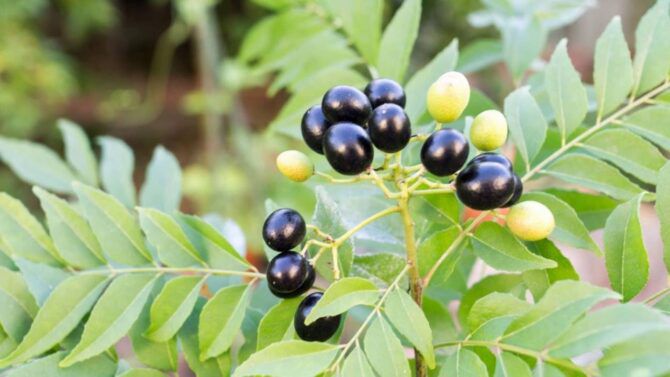Herbs & Medicinal Plants
How to grow Ashwagandha
How to grow Ashwagandha from seed to harvest. Withania somnifera, known commonly as ashwagandha, Indian ginseng, poison gooseberry, or winter cherry is a plant in the Solanaceae or nightshade family. It is an important plant in the traditional medicine of Africa and Asia and is perhaps the best known of all the plants used in Ayurvedic medicine. It is a woody evergreen perennial, but in areas with very cold winters it is mostly grown as an annual.
How to grow Ashwagandha from Seed
Indoor Sowing: Not Recommended.
Direct Sowing: Spring.
- Plant ashwagandha seeds in a sunny location of your garden. Can be grown in containers as well.
- It is a drought tolerant plant. It grows well in sandy, well draining soil, once established and doesn’t like wet feet.
- Seeds should be direct sown in Spring in a mixture of sand and compost when temperature is around 20 C.
- Seeds should be spaced at least 10 cm apart.
- Place the seeds on top of the soil and then cover the seeds with a very thin layer of soil.
- Water well and keep moist, but not soaking wet.
- Germination can take a month or more.
- After germination water the seedlings well while they are establishing.
- Thin out the weak plants after a month of growing, leaving the space around 30 cm between plants if possible.
Maintaining Ashwagandha Plants
- Although fertilizing is not needed for this plant, you can apply aged manure or compost near the base of the plant in Spring.
- Do not over-water this plant, as it can lead to root rot. The plant is very drought tolerant and does not need to be watered often.
- In terms of pests, spider mites can sometimes be a problem. Spray with Neem oil if you see any mites on the leaves.
Harvesting Ashwagandha
- Ashwagandha is ready to harvest in 150 – 180 days when the flowers and berries start to form and the leaves begins to dry out.
- Harvest the roots by digging carefully using a small tool.
- Wash and clean the roots.
- Cut the cleaned roots into small pieces of 7-10 cm and then dry it in the sun or shade.
Disclaimer
Medicinal Information:
All medicinal information on this website is for educational and informational purposes only and may not be construed as medical advice. The information is not intended to replace medical advice or treatment offered by healthcare professionals.
Seeds, Plants, Plant Cuttings, Geophytes and Dried Herbs:
In some countries and provinces, certain plants are deemed as invasive and are not allowed to be planted at all, whilst some plants are allowed to be grown only in certain areas or provinces. The onus is on you as the buyer to familiarize yourself with the regulations pertaining to your location, before purchasing any of our seeds, plants, plant cuttings, geophytes or dried herbs. We will not be held liable, should you purchase any seeds, plants, plant cuttings, geophytes or dried herbs. from us which are prohibited in your country or province.

